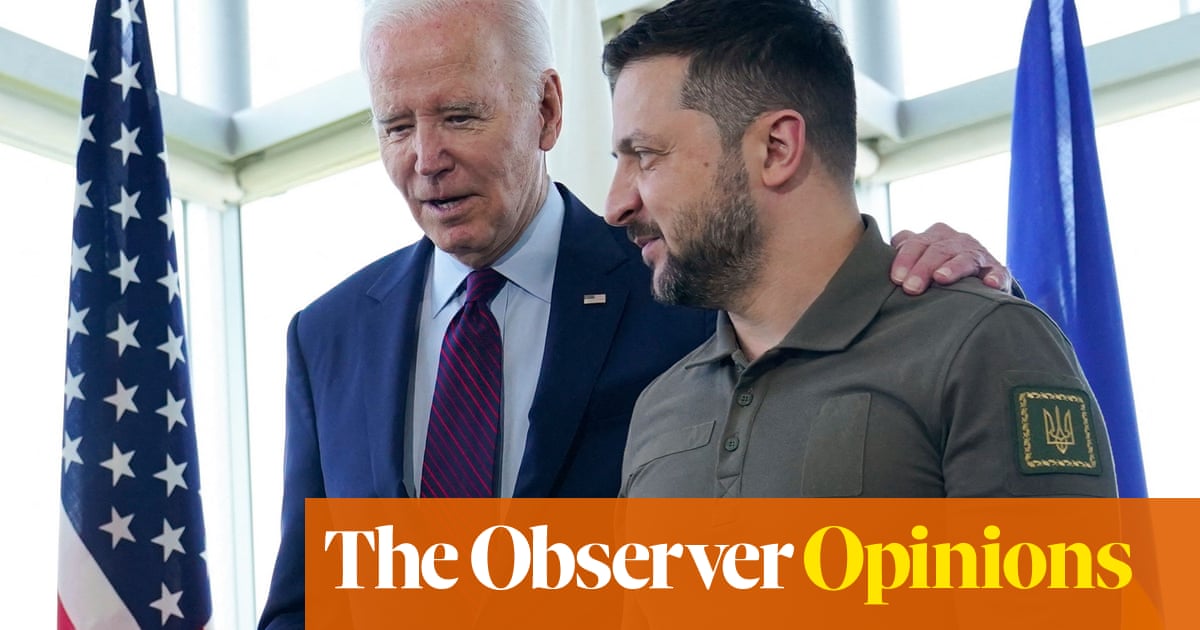
In the past several days, the Taliban have made sweeping advances across swathes of Afghanistan. At the time of writing, the group controlled more than a dozen of the 34 provincial capitals in the country and is contesting several more. As ever, civilians are suffering. More than 1,000 people have been killed in fighting during the past month, according to the UN.
The Taliban’s advances show how quickly the situation can change. Just last week it seemed that the Afghan government was slowly turning the tide against the militants. The Taliban’s offensive to capture the important city of Herat was stalled. The 75-year-old former warlord and governor of Herat province, Ismail Khan, led a defense of the city that inspired thousands of Afghans across the country to rise up.
However, once Zaranj, the capital of Nimroz province, was captured by the Taliban last week, reportedly without a shot being fired, other provincial capitals fell to the Taliban in quick succession. Even Herat finally fell to the Taliban after Ismail Khan switched sides and joined the Taliban. According to the latest reports, the militants are advancing on the northern stronghold of Mazar-i-Sharif.
For his part, US President Joe Biden couldn"t care less about what is happening in Afghanistan. During a recent chat with journalists, Biden said that he did not regret his decision to withdraw US troops from the country. He encouraged Afghan leaders to come together to “fight for their nation.”
Former US President Donald Trump and Biden have little in common, but one thing the two could agree on was the withdrawal of US forces from Afghanistan. But there has been a big difference between how the two presidents translated this desire into policy.
Trump entered office in 2017 and instructed his new national security team to conduct a review of the situation in Afghanistan. Only once the review was complete did he implement his own strategy of a phased, but not total, withdrawal, while simultaneously pursuing a peace plan with the Taliban. By the end of Trump’s term, only 2,000 US troops remained in the country — but this seemed to be enough to keep the situation stable.
Conversely, when Biden entered office, he was determined to get the remaining US troops out, no matter what the cost. Without conducting any assessment or review before determining the best approach, Biden immediately jumped to the extreme position of withdrawing all remaining US forces by September. However, by July all US troops had left. The Taliban saw an opportunity and filled the resulting security vacuum.
Biden is in denial about the perilous state of Afghanistan. In the absence of American leadership, Europeans must step up to the plate. There are three proposals European policymakers should immediately consider.
First, a European member of NATO should invoke Article 4 of the North Atlantic treaty. Invoking Article 4 is done when a member feels that there is a significant security threat facing the alliance that needs to be discussed at the highest level. It is one of the best ways to bring attention to a problem Biden would be unable to ignore. (This is different from invoking Article 5, the alliance’s mutual defense clause.) The threat to Europe from instability in Afghanistan is real. There is not only a counterterrorism threat, but also the potential for a large number of refugees coming from Afghanistan. This could be highly destabilizing for Europe.
Afghanistan remained relatively stable due to the limited US military presence. Now all this has been thrown into jeopardy.
Luke Coffey
Second, European members of NATO should consider redeploying limited military capabilities back to Afghanistan, or at least to the broader region for use in the country. This should be in the form of drone capability and the ground attack aircraft for close air support. These assets could operate out of Kabul airport, which remains secure, or from bases in the region, such as in Uzbekistan or Tajikistan. Both were previously used by European countries for operations in Afghanistan.
In some cases, small teams of special forces could be inserted to help the Afghans coordinate the defense of important cities around the country. While there would be political obstacles, redeploying limited military capabilities would pose few practical problems.
Finally, Europeans need to coordinate their messaging to pressure Biden to see the error of his way and then correct course. However, because many leaders in Europe share the same views as the US leader when it comes to Afghanistan, this is unlikely to happen.
The coming weeks will be critical. Since 2001 and up until last week the Taliban had captured only two provincial capitals. In each case they were able to hold the cities for only a few days before being ousted. In the next few weeks it will be important to see if the Taliban are able to hold on to the provincial capitals they have captured. This time, it is likely they will hold on to most.
It is a mystery why Biden decided to withdraw all US forces from the country. Afghanistan was not an issue many Americans thought about, so was hardly a political consideration for the president. When Biden entered the White House, there were only a couple of thousand US troops remaining, almost no US casualties, and the cost to the US taxpayer for operations was minimal. While not perfect, Afghanistan remained relatively stable due to the limited US military presence. Now all this has been thrown into jeopardy.
If the US will not act, Europe must.
Luke Coffey is the director of the Douglas and Sarah Allison Center for Foreign Policy at the Heritage Foundation. Twitter: @LukeDCoffey
Disclaimer: Views expressed by writers in this section are their own and do not necessarily reflect Arab News" point-of-view












